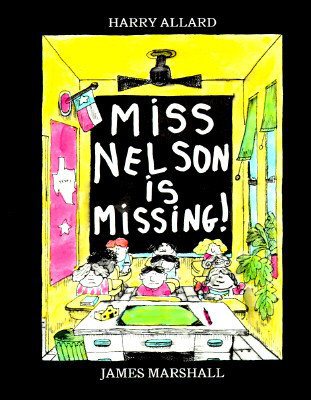Happy Holidays! 15% OFF and FREE SHIPPING all ONLINE purchases over $60!
***Use Code: HOLIDAYS2024 at checkout through December 31***
(free shipping valid only within continental U.S.)
Menu
-
- Home
-
About Us
-
The Approach
-
Linking Language & Literacy
-
MindWing Learning
-
Learning Resources
-
SHOP
-
Blog
-
- About MindWing
- Our People
- Contact Us
- Your Account
- Login
-
United States (USD $)

Happy Holidays! 15% OFF and FREE SHIPPING all ONLINE purchases over $60!
***Use Code: HOLIDAYS2024 at checkout through December 31***
(free shipping valid only within continental U.S.)

Setting Activity—The Little House
January 12, 2016
 The Little House by Virginia Lee Burton was first published in 1942 but remains a favorite of many. It tells the story of a Little House — from the house’s perspective — that is located in the country, is lived in, and surrounded by beauty.
The Little House by Virginia Lee Burton was first published in 1942 but remains a favorite of many. It tells the story of a Little House — from the house’s perspective — that is located in the country, is lived in, and surrounded by beauty.
As the Little House sees the distant lights of the city, she wonders what it would be like to live in the city, and as time goes on, she finds the city growing until she is surrounded by it and no one lives in her anymore...

SGM is 25 Years Old & SGM New Year’s Resolution Worksheet
January 04, 2016

Happy New Year!
The Story Grammar Marker® is twenty-five years old this year, created in 1991. 2016 will be a year of celebrations that highlight our methodology as well as tools for instruction and intervention. To kick off the year, please use this new “SGM® New Year’s Resolution Worksheet” (click here to download and print) with your students...

Aligning SGM® with The Zones of Regulation, and Tech-Tie-Ins!
December 15, 2015 1 Comment
 This month we will discuss the acclaimed Zones of Regulation® program and dovetailing with narrative instruction through Story Grammar Marker®. All students must develop self-regulation skills for living and learning, an area defined by author Leah Kuypers as “the best state of alertness of both the body and emotions for the specific situation” (Kuypers, 2011). However, students with language-learning disorders and autism spectrum and related disorders can exhibit more significant struggles with managing their mind and body given their communication needs, as well as other factors such as sensory processing...
This month we will discuss the acclaimed Zones of Regulation® program and dovetailing with narrative instruction through Story Grammar Marker®. All students must develop self-regulation skills for living and learning, an area defined by author Leah Kuypers as “the best state of alertness of both the body and emotions for the specific situation” (Kuypers, 2011). However, students with language-learning disorders and autism spectrum and related disorders can exhibit more significant struggles with managing their mind and body given their communication needs, as well as other factors such as sensory processing...

Reading Lessons and Blogs About the Winter Season
December 08, 2015
 We recently posted a blog using the SGM® Setting Map with the four seasons:
We recently posted a blog using the SGM® Setting Map with the four seasons:
With the official first day of the winter season right around the corner, check out some of these blogs and lessons that you may want to use with your students!

Winter’s Coming! Narrative/Expository Setting Lesson
December 04, 2015

Read several poems or books of your choice about the four seasons to the children. After reading, hold a brief discussion with the students about what they like about a particular season.
Have the children break into four groups. Using chart paper, label one for each season next to the setting icon. Ask the groups to rotate from one “season” to another and brainstorm all the words that the particular season makes them think of. Have one student be the recorder for each group and have each group use a different color maker...

Compare and Contrast Characters
December 01, 2015
 Miss Nelson Is Missing, written by Harry Allard and illustrated by James Marshall, is one of my favorites for comparing characters. It is a book that may be used at a variety of levels. Read the story for enjoyment. After, discuss the “two” characters, Miss Nelson and Miss Swamp.
Miss Nelson Is Missing, written by Harry Allard and illustrated by James Marshall, is one of my favorites for comparing characters. It is a book that may be used at a variety of levels. Read the story for enjoyment. After, discuss the “two” characters, Miss Nelson and Miss Swamp.
Fill out individual character maps for each character or fill out one map for both characters as shown below which was done with a third grade class. Have children talk about the map(s) with one another.
